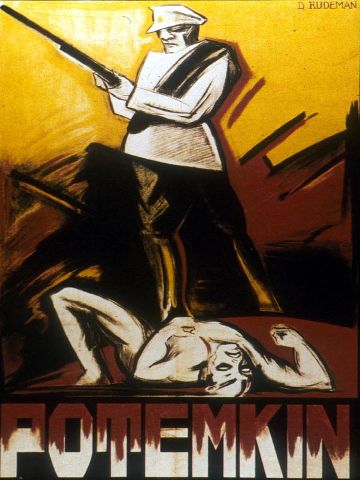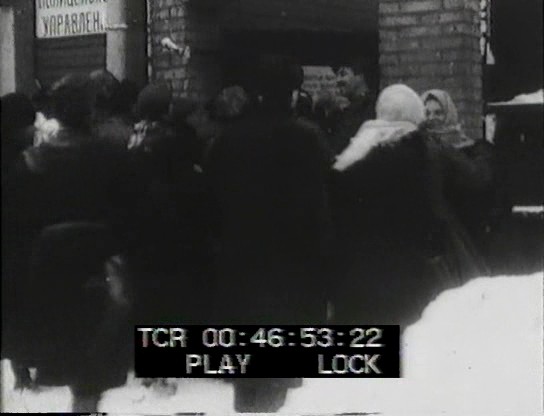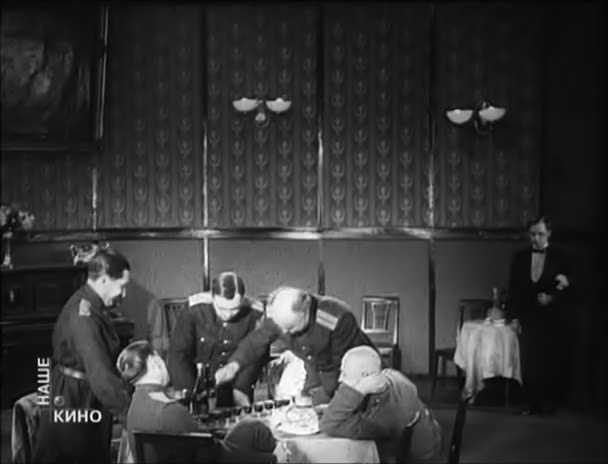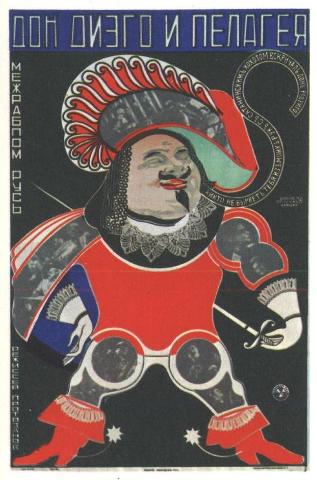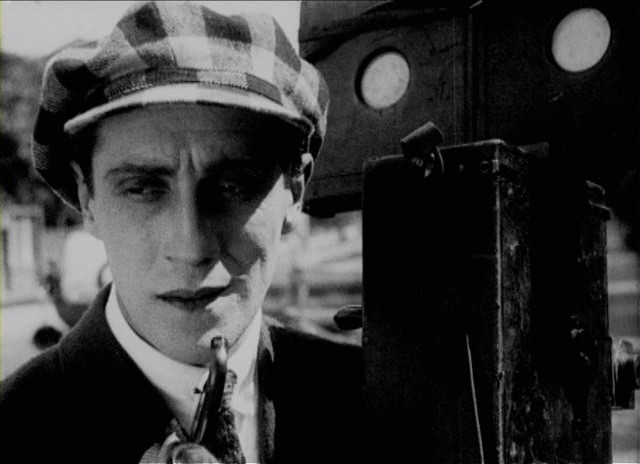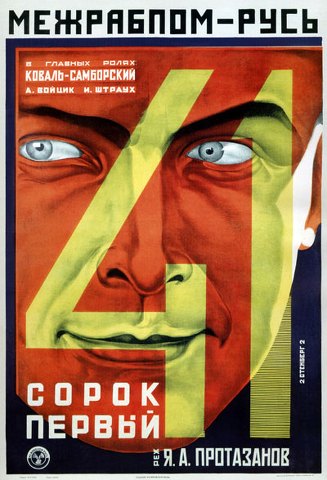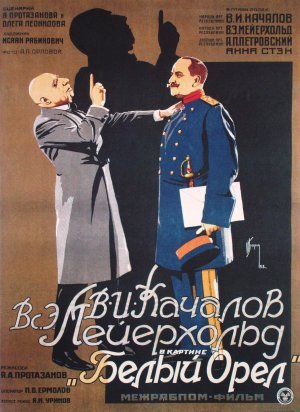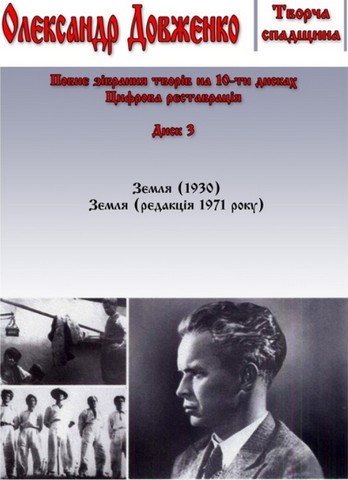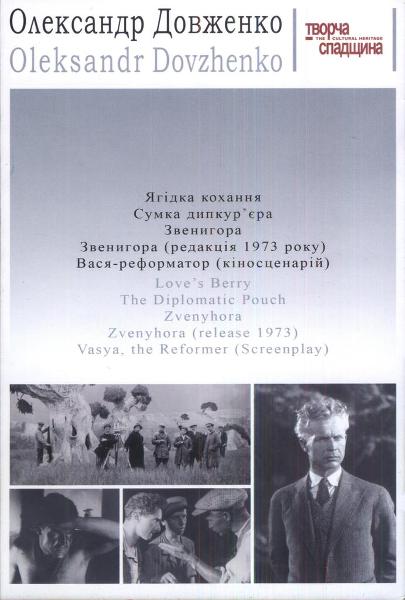

Summary:
The film tells about the Decembrists’ revolt in the south of Russia.
(imdb)
A failed Russian Revolution succeeded magnificently on screen., 3 June 1999
Author: Theodore J. van Houten from Haamstede, 4328 ZG 1 Netherlands
S.V.D. was released in August 1927. A beautiful costume drama, it is on the other hand a somewhat expressionistic, poetical fantasy. Its photography and images are more important than its desired political contents. The script, written by the inspiring historian Yuri Tinyanov (director Leonid Trauberg [1901-1990]could speak about Tinyanov for hours) supplied a failed love story, a political intrigue involving two czars, and a traveling circus background. The picture glorifies the 1825 'Decembrists' uprisal: officers in the imperial Russian army are fed up with the new czar's autocracy. The main character is a traitor, the Scotsman Maddocks (Medoks). He has won a ring gambling. It carries the initials S.V.D. - the secret union of the 'Big Deed' (overthrowing the czar). Maddocks expects the ring to protect him. He is desparate to enter the circles of political power in St. Petersburg hoping a former lover (Sofia Magaril) will introduce him there. A wounded revolutionary officer is on the run, finding refuge in a circus. This setting enabled cinematographer Andrei Moskvin to film a sequence on a galloping horse 'holding only the camera'. One of the most imaginative scenes takes place on the skating rink. The picture suddenly turns into an ice crystal created by using mirrors. The skater now waltzes his rounds all over the picture. S.V.D. introduces several pessimistic symbols: night clouds, a turtle suggesting how slowly the wounded revolutionary can move, etc. It is an extremely beautiful film, its narrative less important than its image qualities. An un-Russian revolution that failed but turned out a success on screen. It is clear that Kozintsev & Trauberg were ready for their next costume drama THE NEW BABYLON, now considered their great masterpiece. S.V.D. was restored by the German TV-station ZDF ca. 1980. For this version German composer Hamel wrote a new electronic music score, not very fitting apart from the skating rink waltz.
